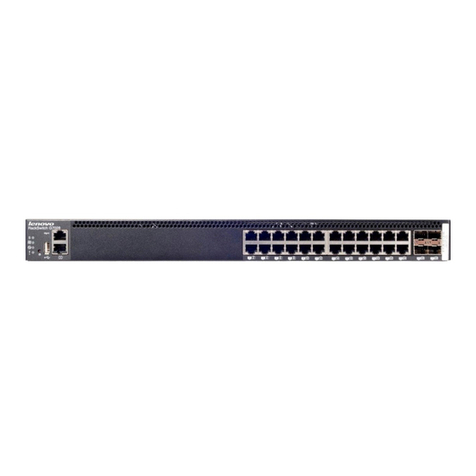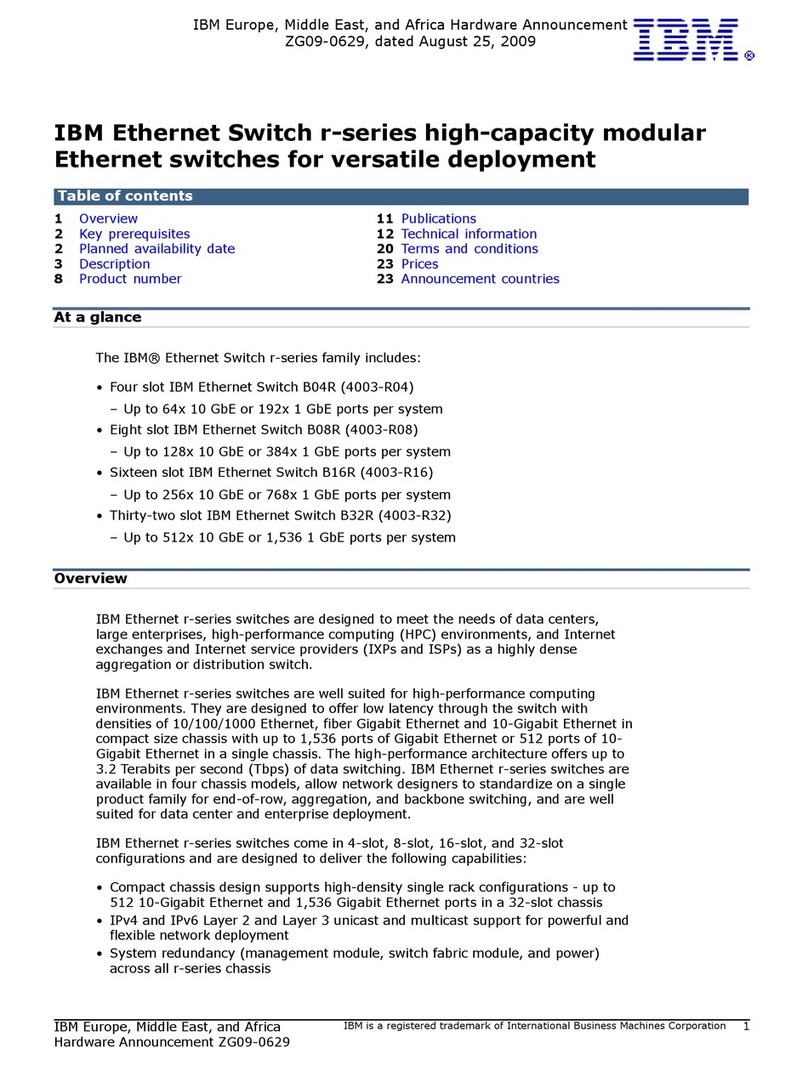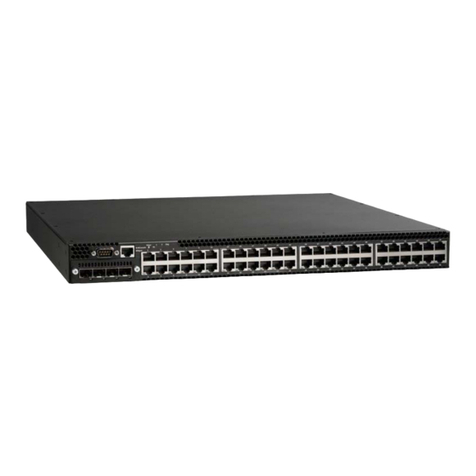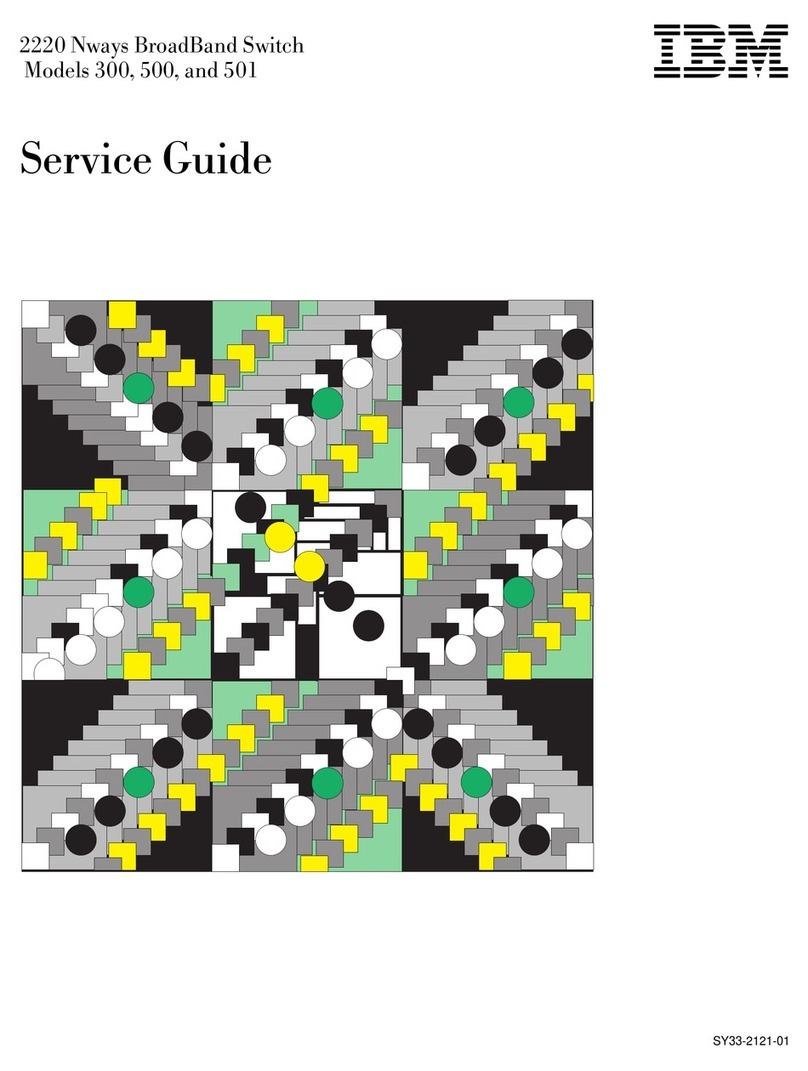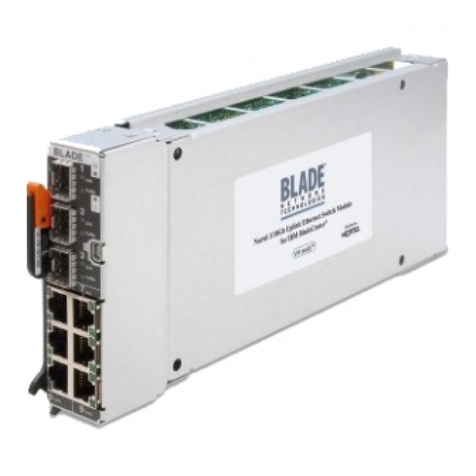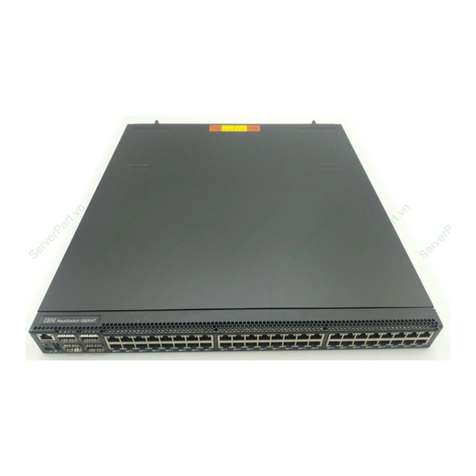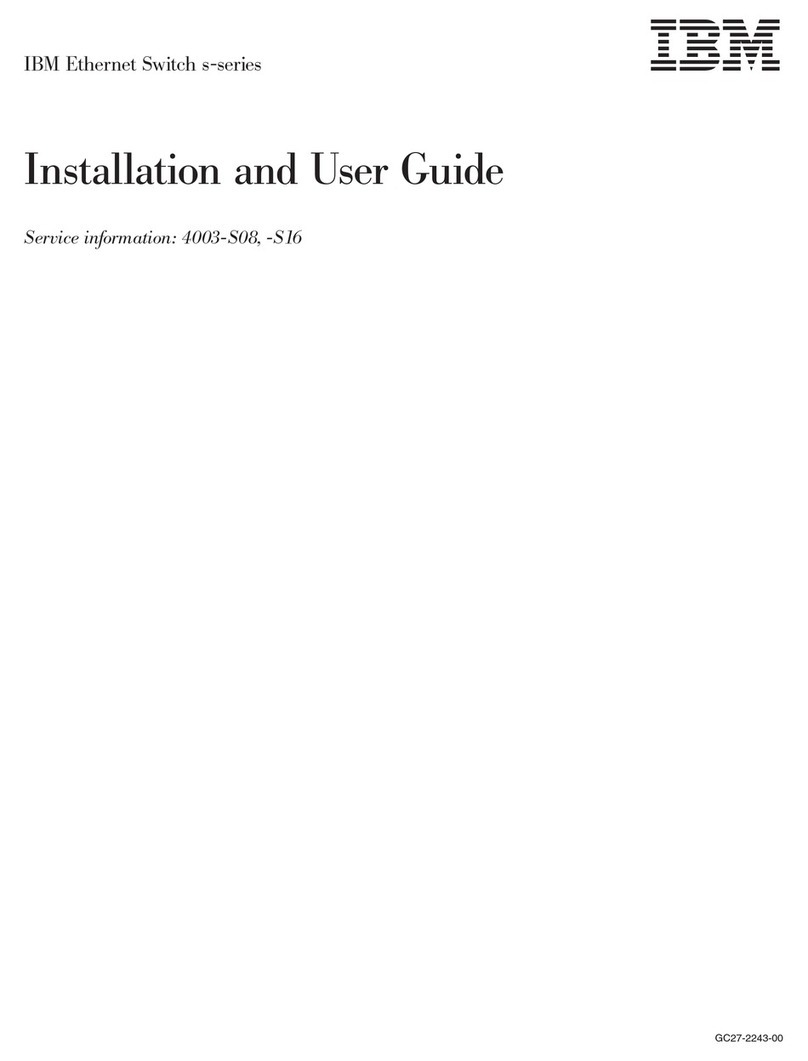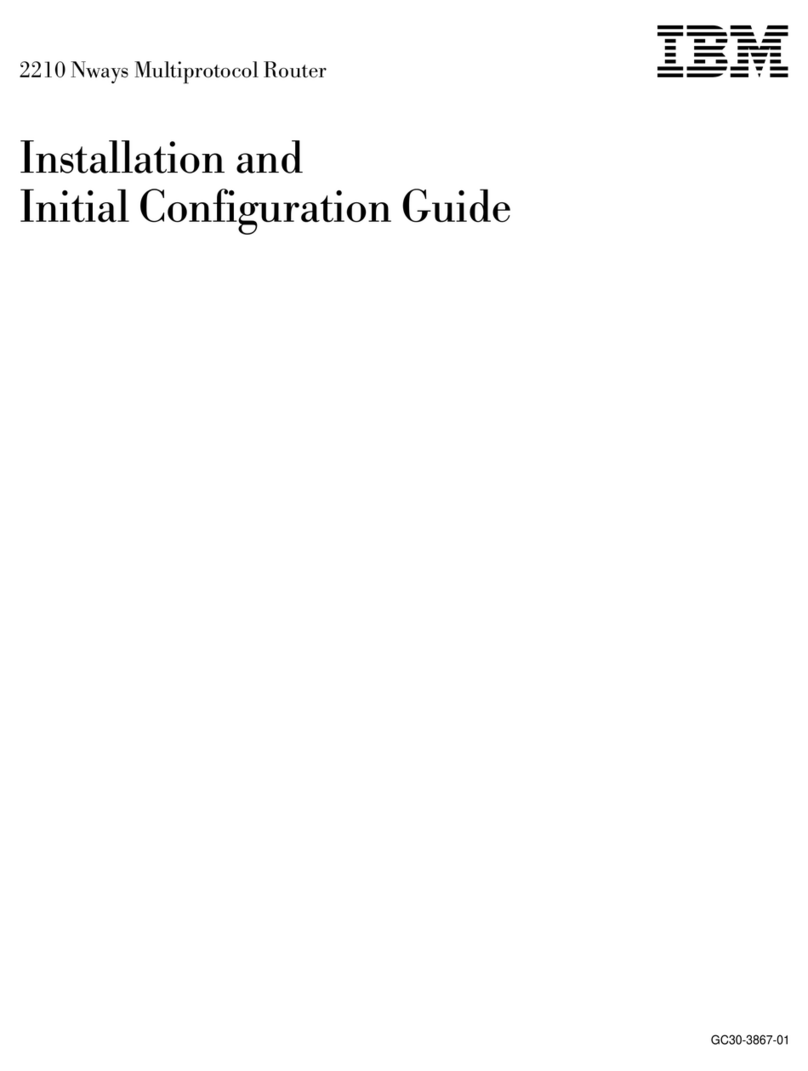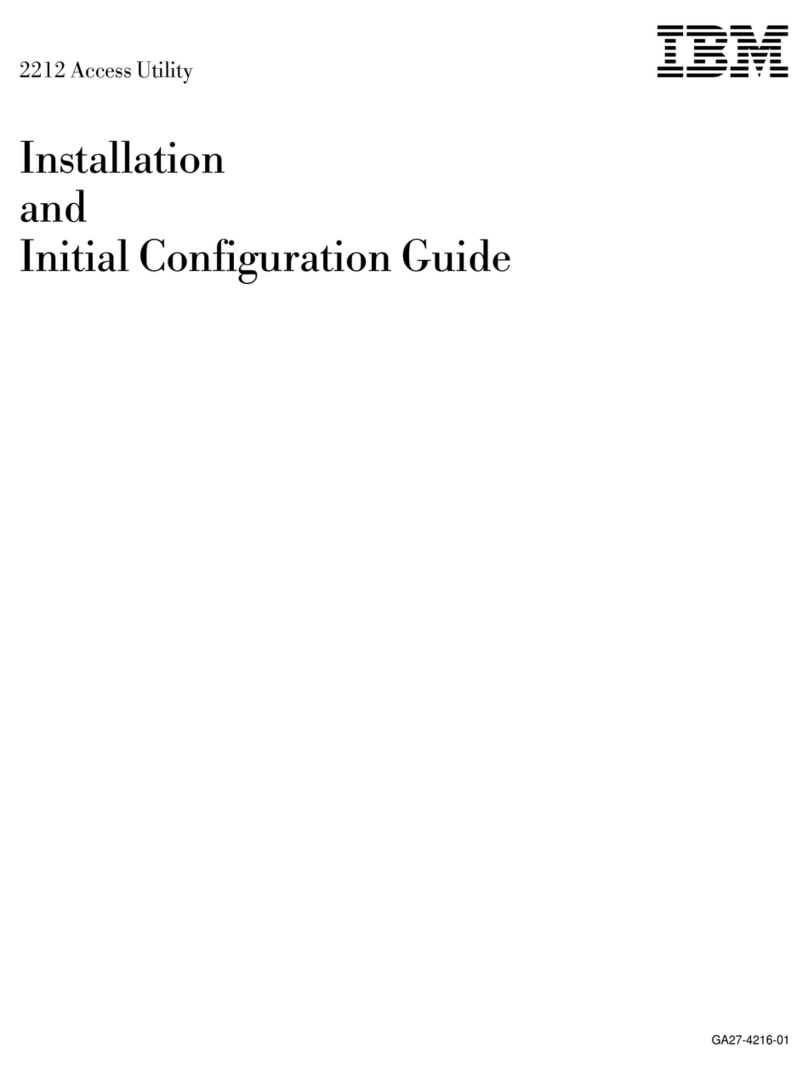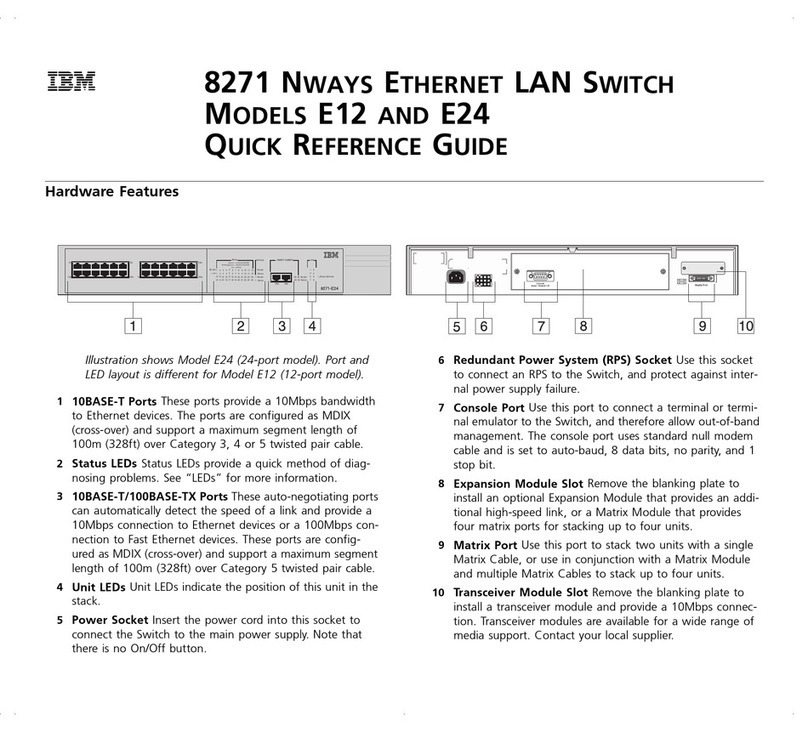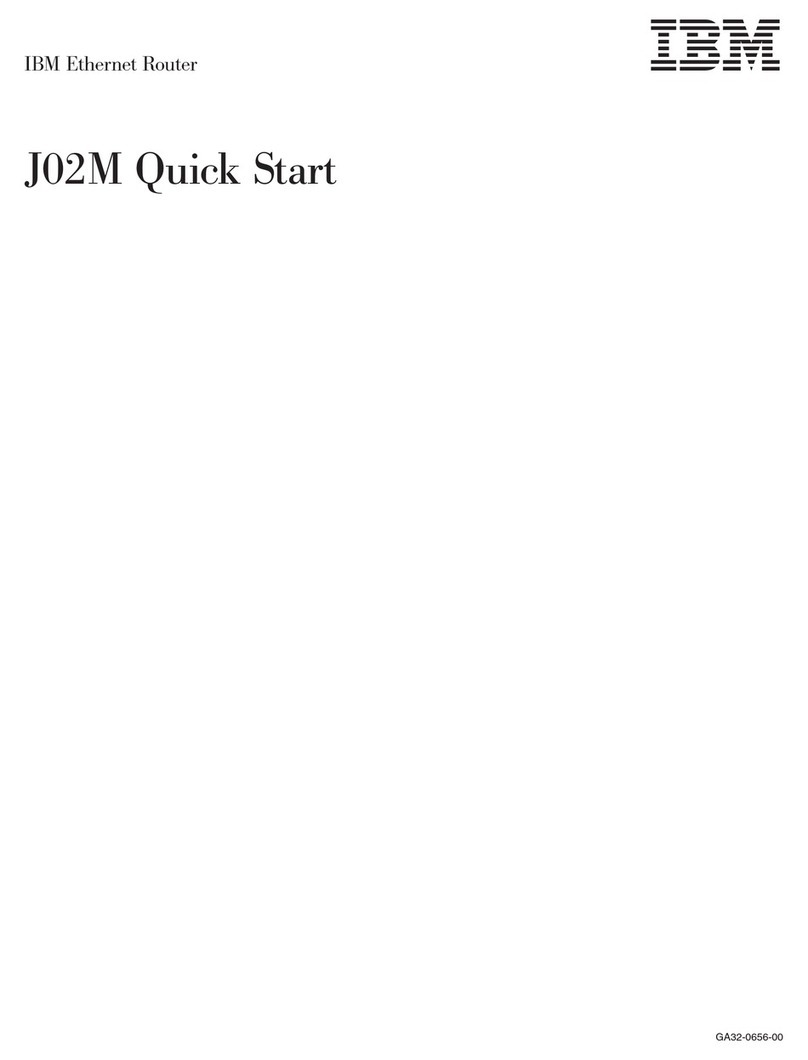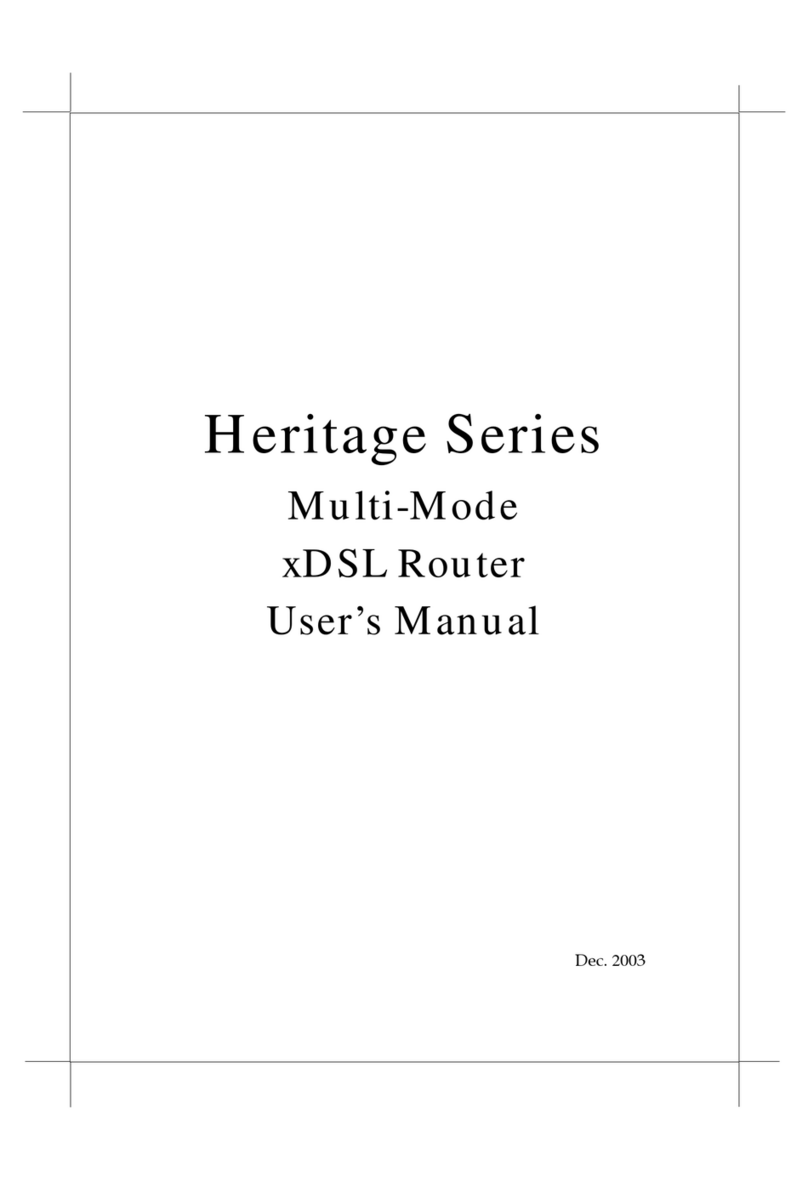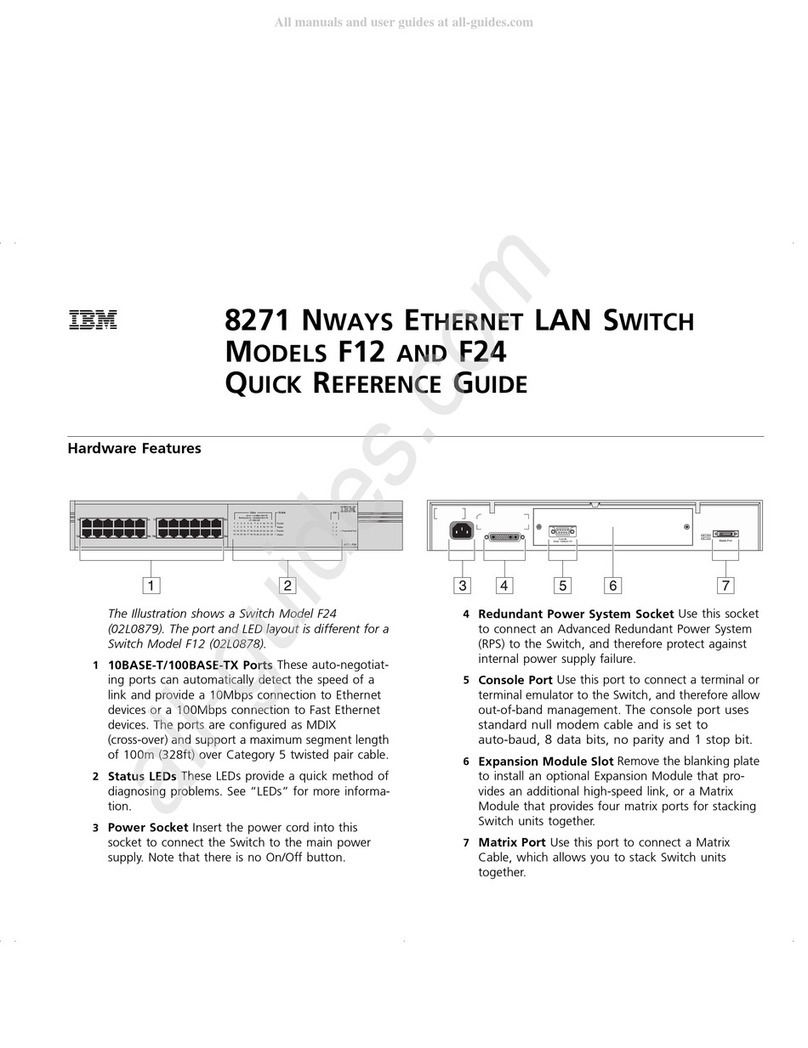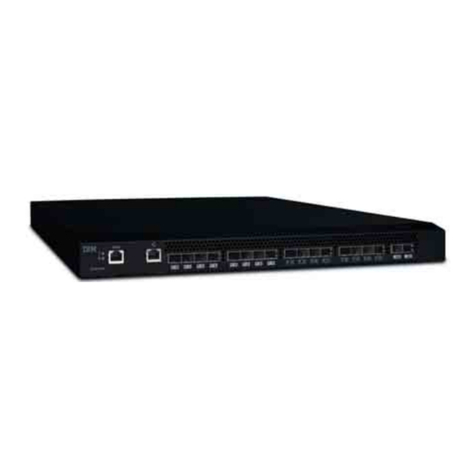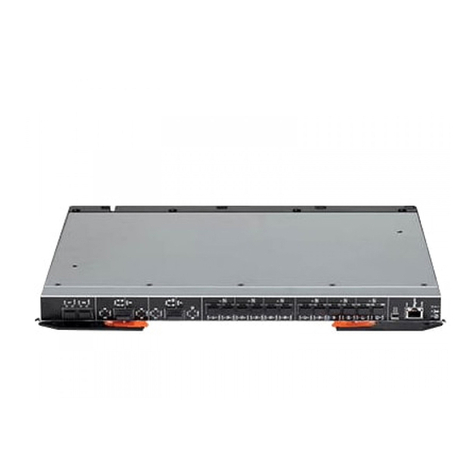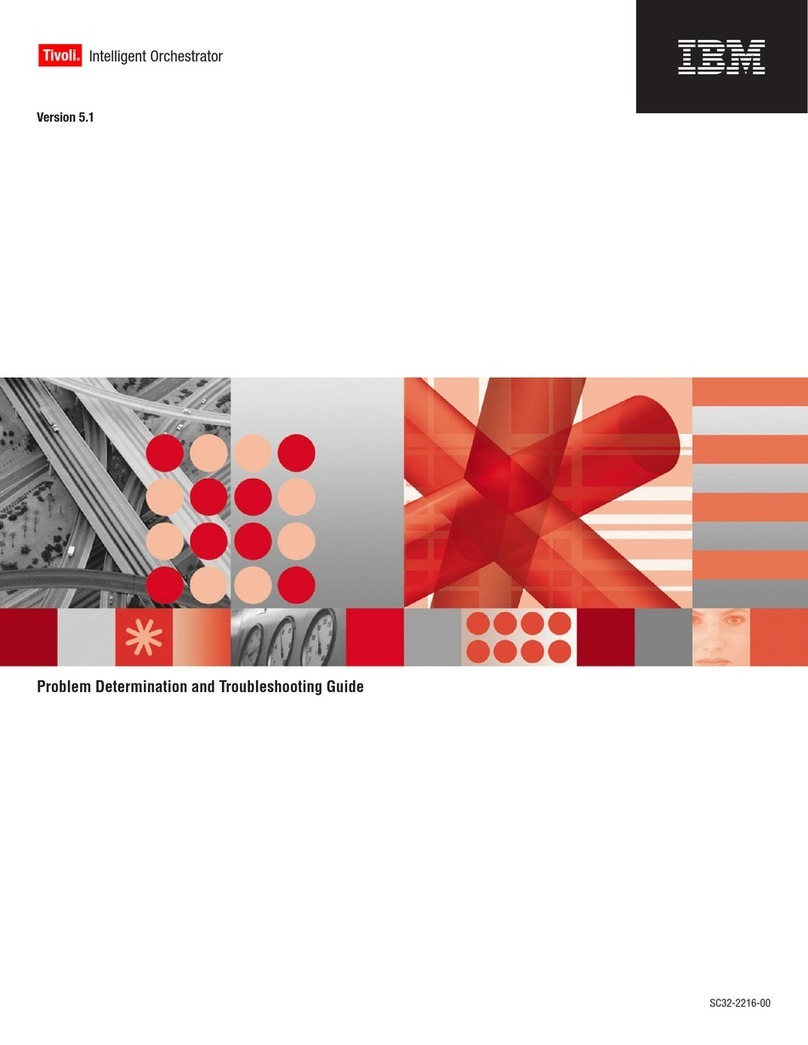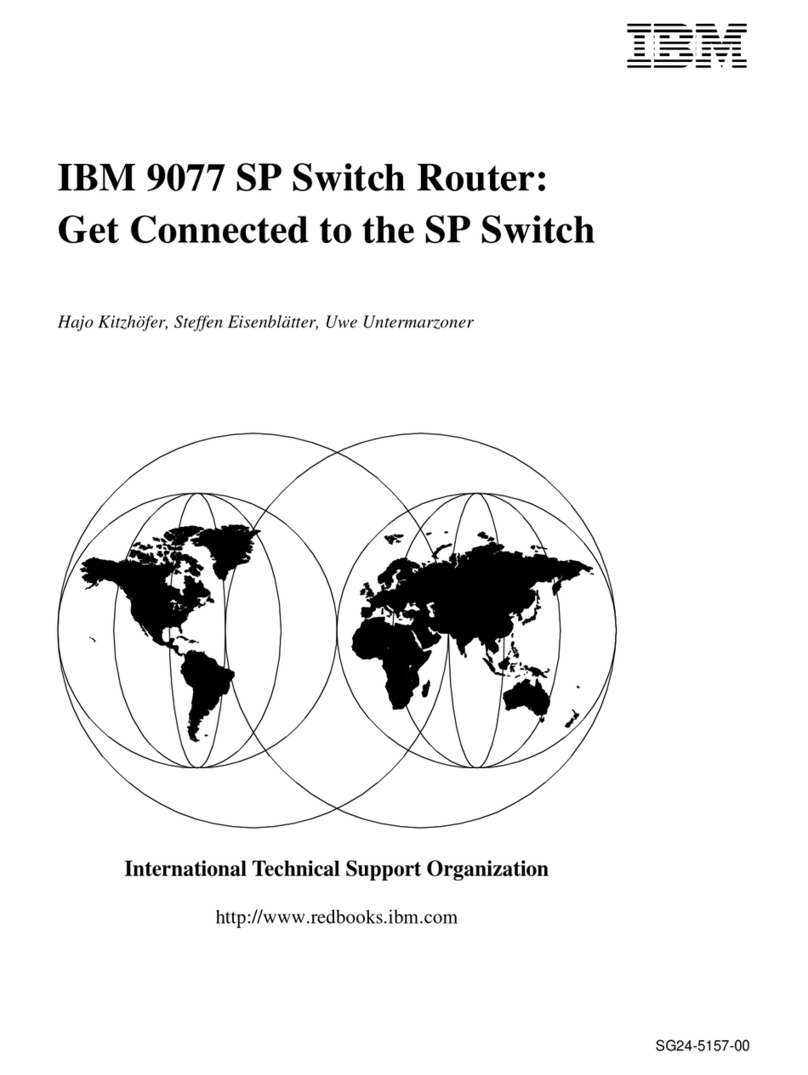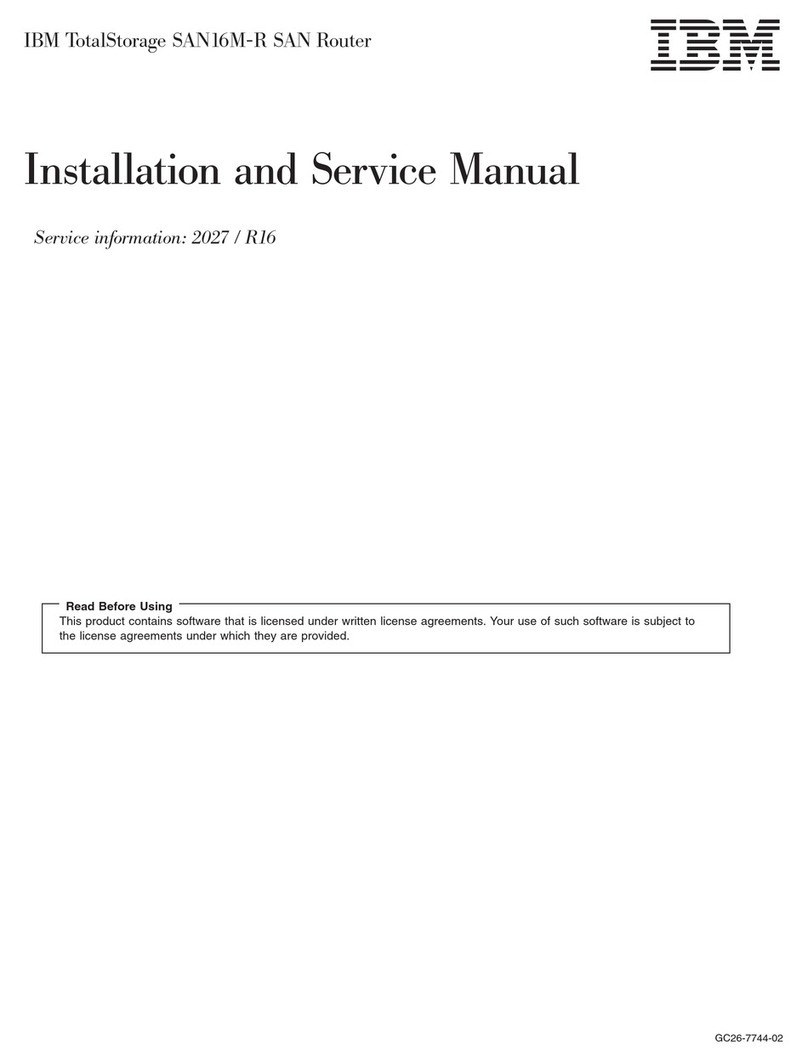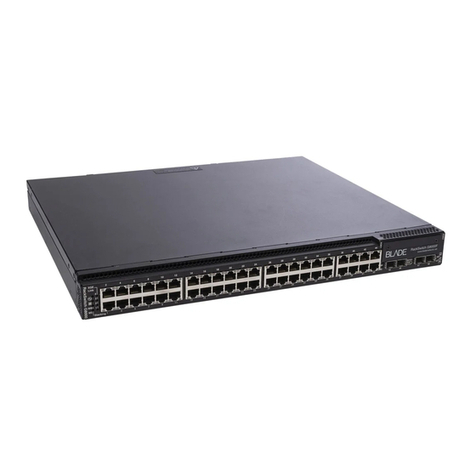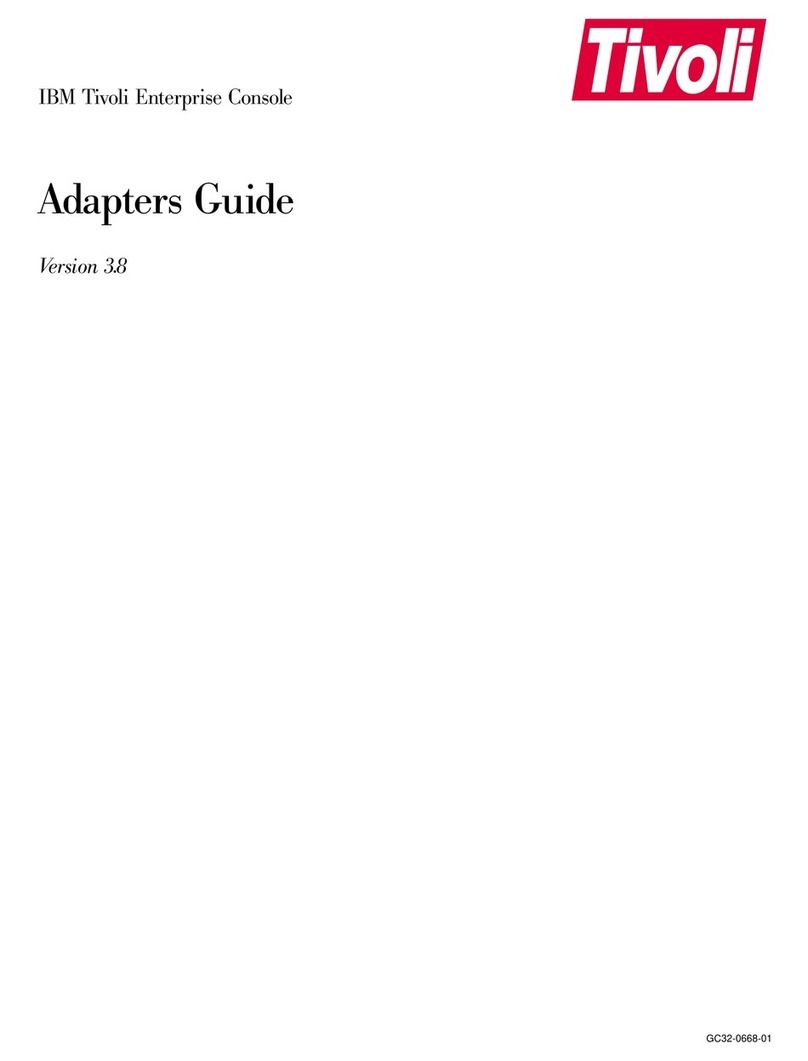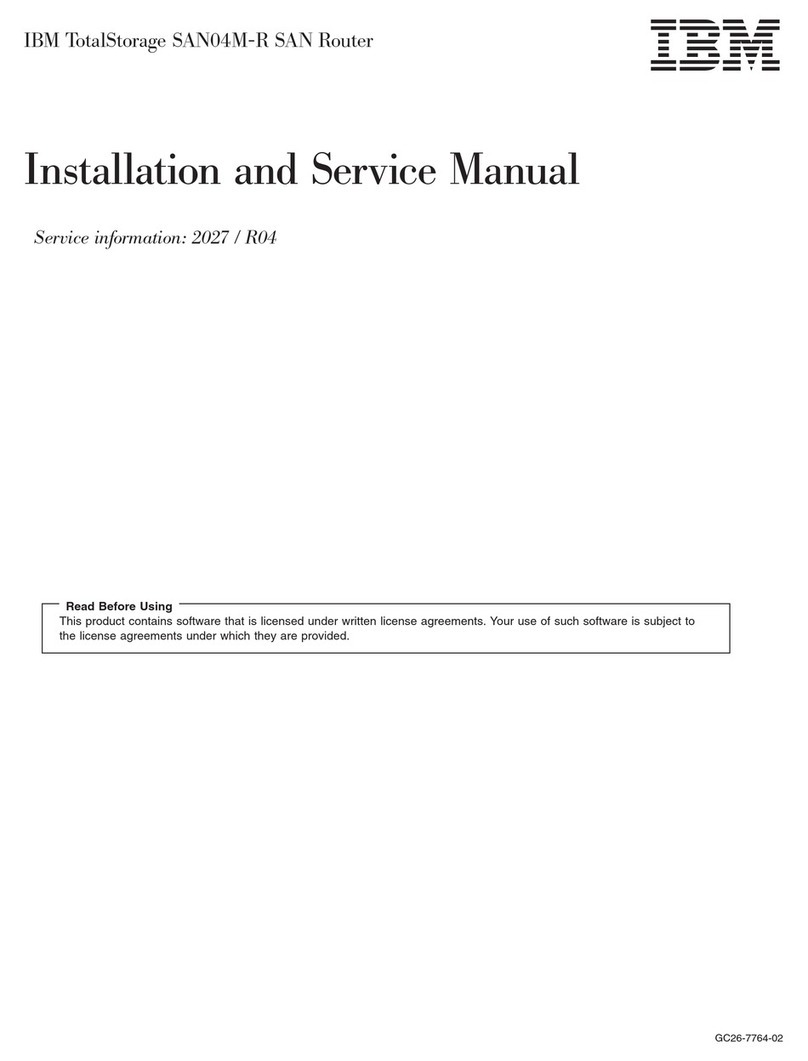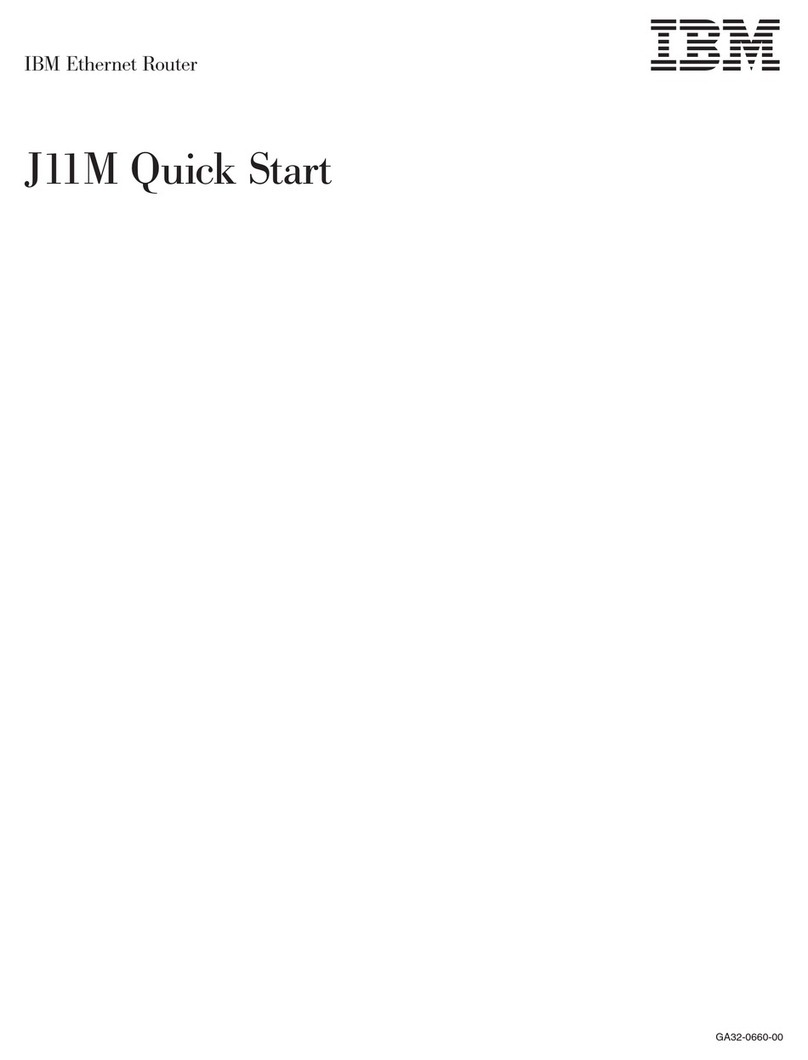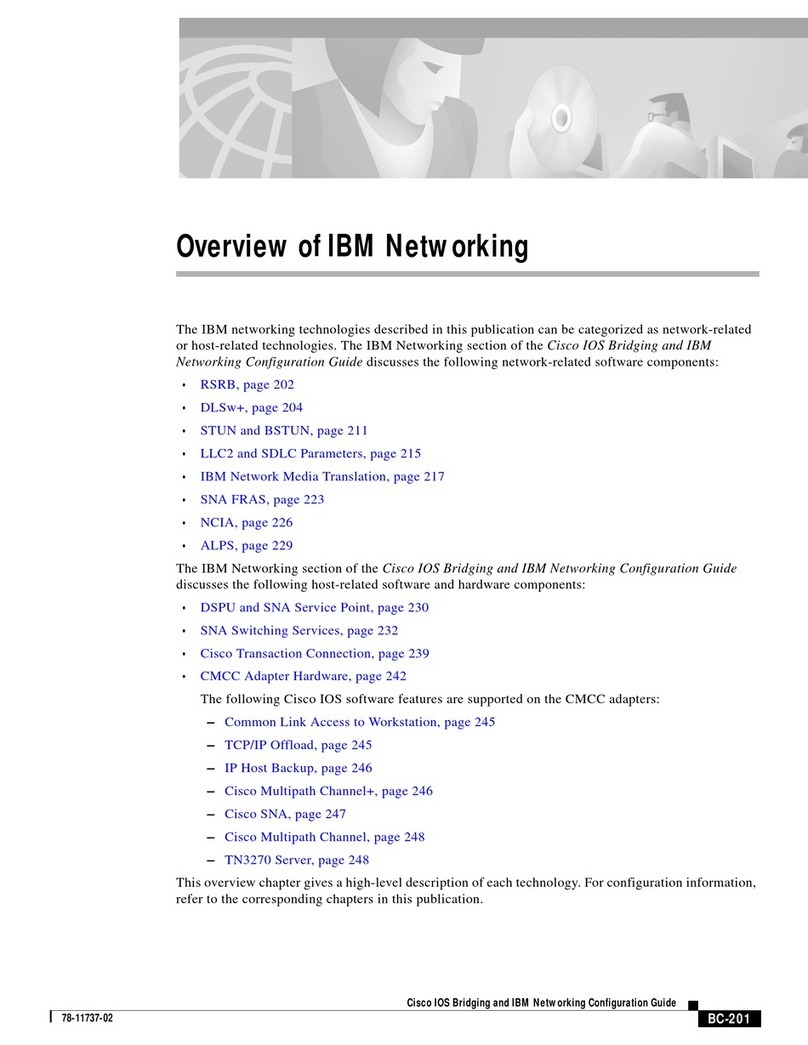
Changing the language setting of the NS
Boot utility ...........46
Selecting a keyboard language .....46
Setting the display resolution .....46
Configuring an IBM Network Station to
boot from Local (NVRAM) settings . . . 47
Displaying hardware information ....48
Displaying the boot log .......48
Enabling verbose diagnostic messages . . 49
Working with Service Aids ......49
Chapter 9. Configuring the Network Station
from the BIOS setup utility ......51
Setup utility overview ........51
Entering the setup utility........51
Primary setup utility screens ......52
System summary .........53
Product data ...........54
Devices and I/O ports .......55
Start options ...........56
Dateandtime..........57
System security ..........58
Advanced setup..........60
ISA legacy resources ........61
Power management ........62
Load default settings ........63
Part 4. Resolving problems with
hardware that is configured for
IBM Network Station Manager . . 65
Chapter 10. Startup sequence of Network
Stations configured for the IBM Network
Station Manager program .......67
Chapter 11. Identifying problems with
hardware that is configured for NS Boot . 69
Starting point for all problems ......69
Indicators of Network Station problems. . . 73
NS Boot audio beep sequences ......75
NS Boot error codes and text messages . . . 76
Group.............76
Subgroup ...........77
Message number .........78
Origin .............78
NS Boot error messages .......78
Part 5. Resolving problems with
hardware that is configured for
WorkSpace On-Demand .....89
Chapter 12. Startup sequence of Network
Stations configured for WorkSpace
On-Demand............91
Chapter 13. Identifying problems with
hardware that is configured for BIOS. . . 93
Starting point for all problems ......93
Isolating hardware problems ......95
Indicators of Network Station problems. . . 97
Diagnostic checkpoints ........100
Diagnostic error table .......101
BIOS error messages .........103
Configuration errors .........105
Part 6. Appendixes .......109
Appendix A. Updating the NS Boot
version H2033190 (03/31/99) .....111
Selecting the operating system for the
Network Station ..........111
Updating the H2033190 (03/31/99) NS Boot
version from NVRAM settings .....112
Updating the H2033190 (03/31/99) NS Boot
version from a DHCP server ......114
Appendix B. Connector pin information 117
Appendix C. Monitor specifications . . . 121
Monitor specifications for the IBM Network
Station Manager program .......121
Monitor specifications for WorkSpace
On-Demand ...........122
Notices .............123
Environmental Design ........124
Product Recycling and Disposal .....125
Trademarks ............125
Electronic Emission Notices......126
Federal Communications Commission
(FCC) Statement .........126
Glossary of abbreviations ......129
Index .............131
iv IBM Network Station
